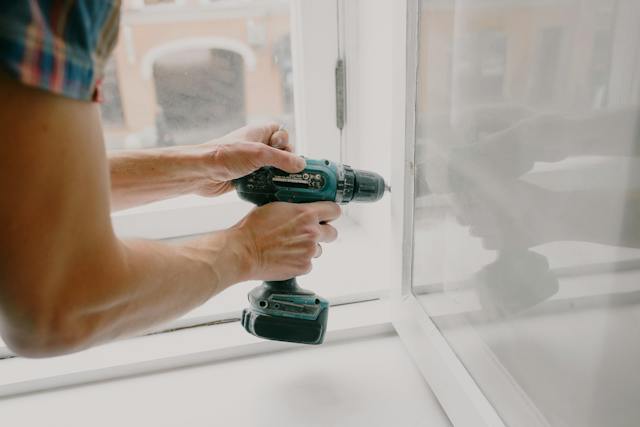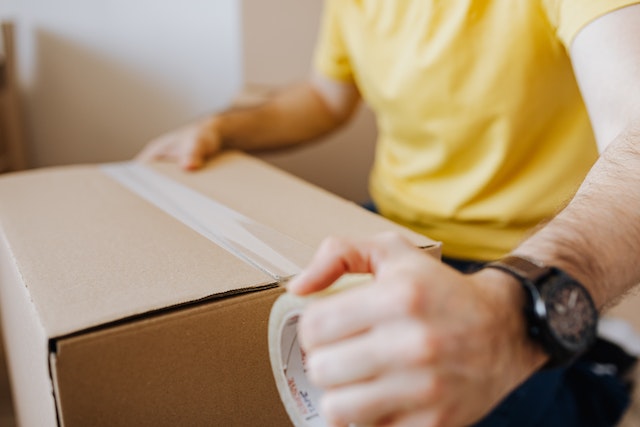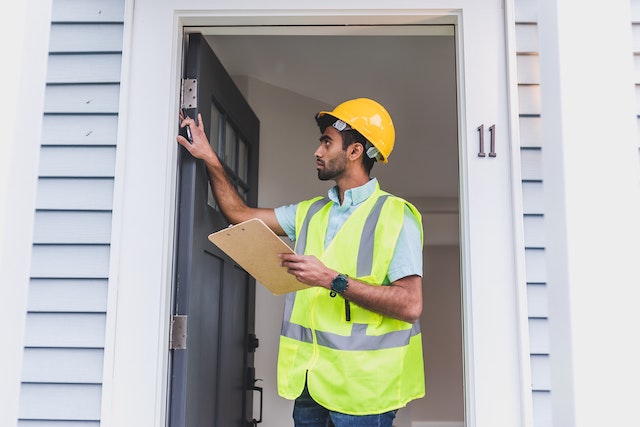Are you struggling to differentiate between emergency maintenance issues and those that can wait? Understanding this distinction is crucial for managing your rental properties efficiently and ensuring tenant satisfaction.
In this article, we help you identify which situations require immediate attention and which can be scheduled for regular business hours. Our aim is to equip you with the knowledge to make informed decisions, minimize disruptions, and maintain a harmonious relationship with your tenants.
Stay ahead in your landlord journey by mastering the art of timely and effective maintenance management. Keep reading to learn more!
What are Emergency Maintenance Issues?
Emergency maintenance issues are situations that require immediate attention due to their potential to cause significant harm to the property, its inhabitants, or both.
These issues often pose immediate safety risks or could lead to substantial property damage if not addressed promptly.
Common examples of emergency property maintenance issues include:

- Gas Leaks: Any suspicion of a gas leak is a critical emergency due to the risk of explosion or poisoning.
- Major Water Leaks or Flooding: Uncontrolled water can lead to structural damage, electrical hazards, and mold growth.
- Electrical Hazards: Exposed wiring, sparks, or any electrical problem that poses a fire risk or could cause electrocution.
- No Heating or Cooling During Extreme Weather: Lack of heat during a severe winter or absence of cooling during a heatwave can be dangerous for tenants.
- Sewer Backups: These can lead to hazardous sanitary conditions and property damage.
- Broken Locks or Security Features: Compromised security poses a risk to tenants' safety.
- Major Structural Damage: This includes issues like a collapsed roof or wall, which compromise the integrity of the building.
- Fire: Immediate response is necessary to control and extinguish any fire.
- Pest Infestations: Severe infestations, especially those that pose health hazards, like rodents or bedbugs.
- No Running Water: Access to water is essential for hygiene and daily living.
These issues typically cannot wait until regular business hours due to the imminent risk they pose.
As a landlord, it's crucial to have a plan in place for dealing with such emergencies, including having reliable contractors who can respond at short notice and clear communication channels with tenants.

What Are Non-Emergency Maintenance Issues?
Non-emergency maintenance issues are those that do not pose an immediate threat to the safety, health, or security of tenants, nor do they risk significant property damage if not addressed right away.
These issues can typically wait to be resolved during regular business hours. Common examples of non-emergency maintenance issues include:
- Minor Plumbing Issues: Such as a dripping faucet, slow-draining sink, or a running toilet. These are generally not urgent unless they escalate.
- Cosmetic Damages: This includes small wall cracks, chipped paint, or scuff marks on floors. These do not affect the property's functionality or safety.
- Routine HVAC Maintenance: Regular servicing of heating, ventilation, and air conditioning systems, provided they are still operational.
- Appliance Repairs: Issues with appliances like dishwashers, washing machines, or microwaves, provided they do not pose a safety hazard.
- Minor Electrical Issues: Such as non-critical light fixtures not working or minor issues with outlets that don’t present immediate danger.
- Pest Prevention: Routine pest control measures, unless there is a severe infestation.
- Garden and Yard Maintenance: General upkeep of the property’s exterior that doesn’t immediately affect the tenant's use of the property.
- Non-Urgent Window and Door Repairs: Issues like sticky windows or doors, or minor repairs to screens.
For these types of issues, landlords usually schedule repairs or maintenance at a time that is convenient for both the tenant and the maintenance staff.

Key Strategies for Landlords: Managing Emergency and Routine Maintenance Issues
Navigate the complexities of property maintenance with confidence by understanding what constitutes an emergency and what can wait, ensuring tenants' safety and satisfaction.
Immediate Response and Assessment
As a landlord, it’s essential to respond immediately when a tenant reports an emergency. This prompt response not only shows your tenants that you care about their concerns but also allows you to quickly assess the situation.
Determine the urgency and the type of professional help needed. Whether it's a plumbing issue or an electrical fault, understanding the problem quickly helps in preventing it from escalating.
This step is crucial for mitigating potential risks and planning the appropriate course of action.
Safety First
The safety of your tenants and the property should always be your top priority. In cases of serious emergencies like gas leaks, major electrical faults, or structural dangers, advise tenants to take safety measures, which may include evacuating the premises.
If necessary, contact emergency services immediately to handle the situation professionally. This approach not only ensures the well-being of your tenants but also helps in protecting your property from further damage. external link
Clear Communication
Effective communication with your tenants is vital throughout the emergency and repair process. Keep them informed about the steps you are taking to resolve the issue, provide realistic timelines for the repairs, and offer guidance on how they should proceed in the meantime.

Regular updates can greatly reduce tenant anxiety and frustration. It also helps in building trust and shows that you are a responsible and attentive landlord.
Remember, transparent communication is key to maintaining a positive landlord-tenant relationship, especially during challenging situations.
Final Thoughts
In conclusion, understanding the difference between emergency and non-emergency maintenance issues is key to being a successful landlord. Remember, prompt action, prioritizing safety, efficient coordination, and clear communication are your best tools in managing these situations effectively.
If the challenge of handling maintenance issues seems daunting, consider partnering with a professional property management company. Sun-Pro Realty Management offers expert services, ensuring that your property is well-maintained and your tenants are happy.
Let Sun-Pro Realty Management take the stress out of property maintenance, so you can enjoy the benefits of being a landlord without the headaches. Trust Sun-Pro to keep your property in top condition, day and night!